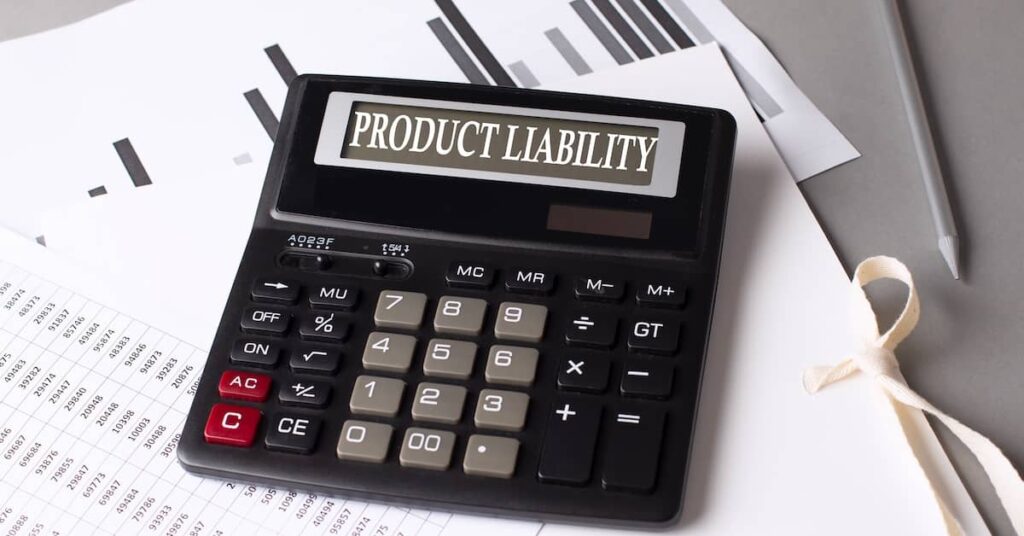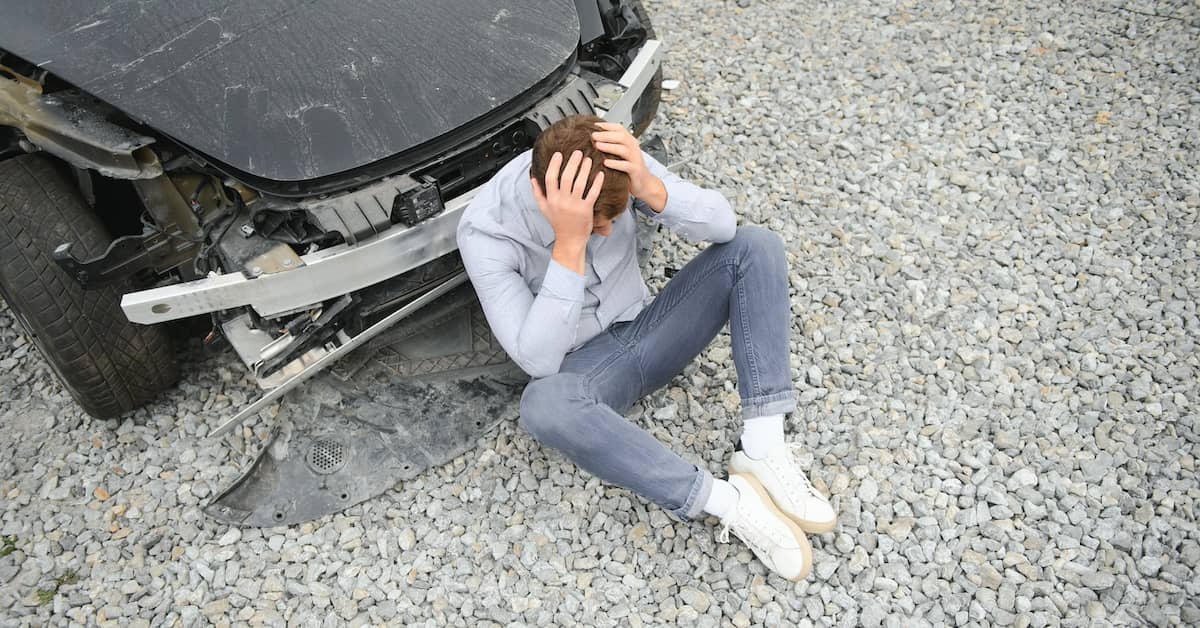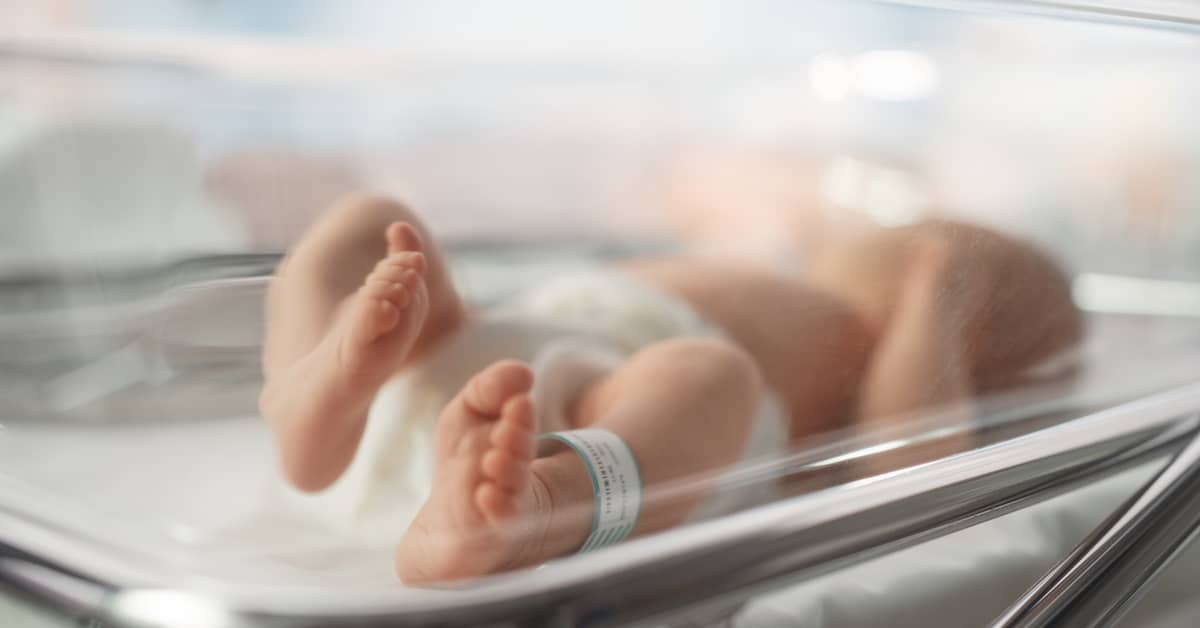
How Do I Sue a Company for Product Liability?
You may be able to file a product liability lawsuit if you or someone you love suffered injury due to a defective product. An experienced attorney can help you take action against the company that made the product and any other responsible parties.
Product liability claims can be complex. Most plaintiffs would be quickly overwhelmed if they tried to take on a large company by themselves. Burg Simpson has the knowledge, capabilities, and resources to represent you effectively. A product liability attorney at our law firm can help you protect your legal rights and pursue maximum compensation for your injuries from a defective product.
For more than 45 years, Burg Simpson has been a leader in products liability litigation. In addition to individual claims, we have vast experience representing multiple plaintiffs in mass torts and class action lawsuits.
If you have been injured or a loved one was hurt or lost their life to a defective product, call Burg Simpson at 513-852-5600 for a FREE case evaluation. We represent clients in Ohio and nationwide from our office in Cincinnati.
What Is a Product Liability Lawsuit?
A product liability lawsuit is a legal claim for damages arising from injuries sustained due to a defective product. These legal actions enforce accountability upon companies that manufacture, design, and/or sell faulty products to consumers.
What Is the Most Common Cause of Product Liability Claims?
There has been no shortage of consumer products with harmful or even deadly defects. Litigation has arisen due to dangerous drugs and medical devices, defective and recalled automobiles, and more.
Ohio law recognizes four types of product liability claims, each of which may cause injury to consumers:
- Manufacturing defects: These are defects that arise during the manufacturing or construction process, such as failure to follow the product’s design specifications, improper assembly, and nonadherence to performance and quality standards.
- Design defects: A product’s design may be considered defective if it does not adhere to industry and safety standards, uses incorrect or substandard materials, etc.
- Failure to warn: Manufacturers may be held liable if they fail to warn consumers of potential dangers when using the product for its intended purpose.
- Misrepresentation: Products that do not conform to representations by the manufacturer (such as material representations regarding the product’s safety, quality, or function and features) are considered defective under Ohio law.
Defects are not always immediately obvious. A knowledgeable lawyer can explore your legal rights and determine whether you have a viable claim.
Who Is Liable in a Product Liability Case?
Liability for a defective product may extend to multiple parties. A product liability attorney will examine all of the companies and other entities in the product’s chain of manufacture or distribution to identify all of the defendants.
Potential defendants in your product liability lawsuit may include:
- The manufacturer of the defective product
- Manufacturers of defective parts and components
- Product designers
- Entities involved in the assembly of the product
- Retailers and wholesalers (suppliers)
Identifying all defendants is essential for maximizing the damages you recover in a defective product claim. Ohio uses a modified standard for joint and several liability where a defendant who is found to be more than 50% at fault may be held liable for the totality of your economic damages (such as medical bills, future medical expenses, loss of income, etc.).
What Are the Requirements for a Product Liability Claim?
Broadly speaking, there are four key requirements when filing a lawsuit against a company for a defective product:
- The product was defective,
- You were using the product for its intended purpose or in a reasonably foreseeable manner,
- The defective product caused you injury, and
- You sustained compensable damages due to your injuries.
How Do You Prove a Product Liability Case?
Product liability lawsuits may be founded on several different legal theories. A defective products lawyer can review the facts, determine which theory or theories are supported by the evidence, and prepare your case accordingly.
What you need to prove in a product liability case depends on the underlying theory:
Strict Liability
In a strict liability claim, you do not need to prove that the company was negligent or engaged in wrongdoing to recover compensation. You need to prove the following:
- The product was defective,
- You were using it in the way it was intended, and
- The defect led to your injury and subsequent damages.
Ohio Revised Code § 2307.74 imposes strict liability on manufacturers for products that are “defective in manufacture or construction.”
It is important to note that strict liability does not mean that manufacturers are automatically liable for damages. They may try to argue that you were using the product in an unforeseeable manner, that you assumed certain risks when using the product, or that your negligence was a contributing factor. A skilled product liability attorney can anticipate these defenses and take steps to counter them.
Negligence
Most personal injury claims in Ohio are brought on the basis of negligence. To prove negligence in a product liability claim, you need to show that one or more defendants failed to exercise the appropriate degree of care in designing the product and/or providing warnings or instructions. Product liability claims against suppliers may only be brought on the basis of negligence (see Ohio Revised Code § 2307.78).
Breach of Warranty
Ohio does not have a specific statute on breach of warranty in product liability claims. Instead, the law takes into account all representations made by a manufacturer. This includes express statements of material fact about the product.
“A product is defective if it did not conform, when it left the control of its manufacturer, to a representation made by that manufacturer. A product may be defective because it did not conform to a representation even though its manufacturer did not act fraudulently, recklessly, or negligently in making the representation.”
– Ohio Revised Code § 2307.77
Notably, you do not have to prove negligence on the part of the manufacturer if you are injured because the product does not conform to representations put forth by the manufacturer. This may include a breach of the product’s warranty.
Filing a Product Liability Lawsuit
Many of the steps in a product liability claim are best left to an attorney well-versed in these matters. Therefore, the first thing you should do when filing a lawsuit for a defective product is to seek legal counsel. Your lawyer can handle the following steps while you focus on recovering from your injuries and losses:
1. Conducting an Investigation
Product liability attorneys will collect the product, its packaging, and any paperwork (such as a receipt or invoice, instruction manual, warranty information, etc.). They also look for evidence such as photos of the product, your injuries, and any losses you suffered, as well as eyewitness testimony.
Defective product cases can be highly technical. Experienced attorneys know what experts to consult in order to establish key facts such as the existence of the defect and how it caused your injuries.
2. Filing the Complaint
The first step of actually making a product liability lawsuit is to file a complaint with the court that has jurisdiction in the case. Complaints must include details about the product defect, your injuries, and the damages you are seeking, in addition to naming all of the defendants.
3. Notification
All defendants will need to be notified of your claim against them. They will then have the opportunity to respond.
4. Discovery
All parties in the case have the opportunity to request evidence and information from each other during this pre-trial phase. Discovery commonly includes depositions, requests to produce documents and other evidence, interrogatories, and more.
5. Settlement Negotiations
Most defective product claims are settled before they go to trial. Your attorney can negotiate with the other parties, ideally obtaining a favorable settlement before the trial starts. Multiple rounds of negotiation may be needed prior to reaching a settlement.
It is important for you to be patient and stay in regular contact with your attorney throughout the negotiations. The decision to settle is ultimately yours.
6. Trial
If the case goes to trial, your product liability attorney will argue your case before the court. Ultimately, the goal is to obtain a judgment in your favor that compensates you for your losses.
How Long Do I Have to File a Product Liability Lawsuit?
In Ohio, consumers only have 2 years to file a lawsuit after being injured by a defective product. Another limitation to be aware of is that claims must be brought no more than 10 years after “the product was delivered to its first purchaser or first lessee” (see Ohio Revised Code § 2305.10).
With a limited time to take legal action, it is crucial to speak to a qualified lawyer as soon as possible. This will ensure that you have plenty of time to exercise your rights and hold the company that made the defective product accountable.
Damages in a Product Liability Claim
You may be entitled to significant compensation for injuries sustained from faulty products. Damages in your claim may include:
- Medical expenses to date
- Lost wages
- Rehabilitation and therapy costs
- Future medical expenses
- Loss of earning capacity
- Damage to your personal property (i.e., your home, vehicle, etc.)
- The cost of assistive devices and disability modifications
- Pain and suffering
- Emotional anguish
- Loss of enjoyment of life
- Permanent disability
- Scarring and disfigurement
If you lost a family member due to a defective product, you may have a wrongful death claim. Monetary compensation cannot truly make up for the grief you are feeling, but it may help with funeral and burial expenses, loss of financial support, loss of companionship, and other damages.
Punitive or exemplary damages may also be sought in Ohio product liability claims, but only if you can clearly establish that the injury or loss “was the result of misconduct of the manufacturer or supplier in question that manifested a flagrant disregard of the safety of persons who might be harmed by the product in question” (see Ohio Revised Code § 2307.80). These additional damages may only be awarded at trial.
Contact a Product Liability Attorney Today
Burg Simpson has a long history of success representing clients in product liability claims. We have argued cases in state and federal court, obtaining fair compensation and justice for numerous plaintiffs.
We are Good Lawyers. Changing Lives.® Our attorneys can handle all aspects of a product liability lawsuit—up to and including going to trial, if necessary.
For a FREE and confidential case evaluation, call Burg Simpson at 513-852-5600 today. Our Cincinnati office handles product liability cases, mass torts, and class action lawsuits at the state and national level.





